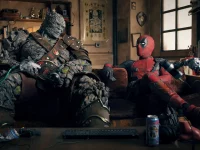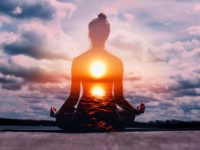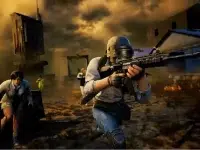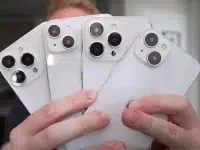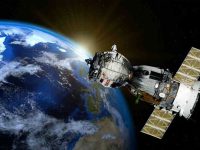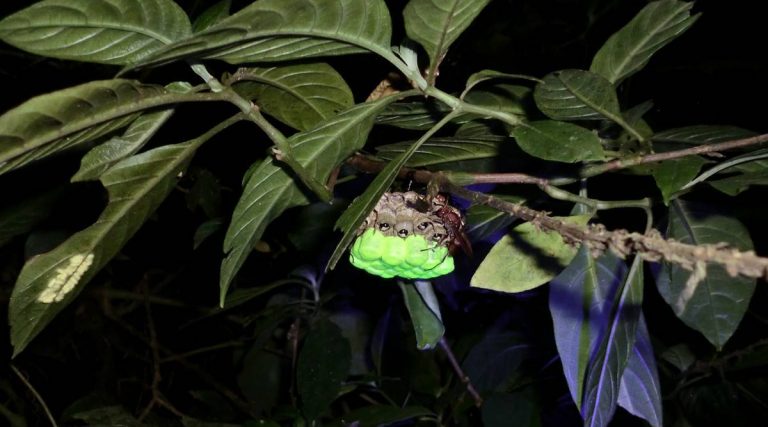Adult paper wasps are capable nest builders, methodically constructing nests out of plant materials and spit in their mouths. They begin as larvae, though, and carry out their own construction projects.
Most paper wasp larvae sequester themselves in unique nest chambers with woven seals called cocoon caps, which they build out of silk threads, just before they undergo a metamorphosis into maturity.
The larvae may add a touch of dorm room flair when they’re on the verge of adulthood. Under ultraviolet light, the cocoon caps of some paper wasp species, including several that you may see in your yard, illuminate yellow-green, giving the entire nest a groovy glow.
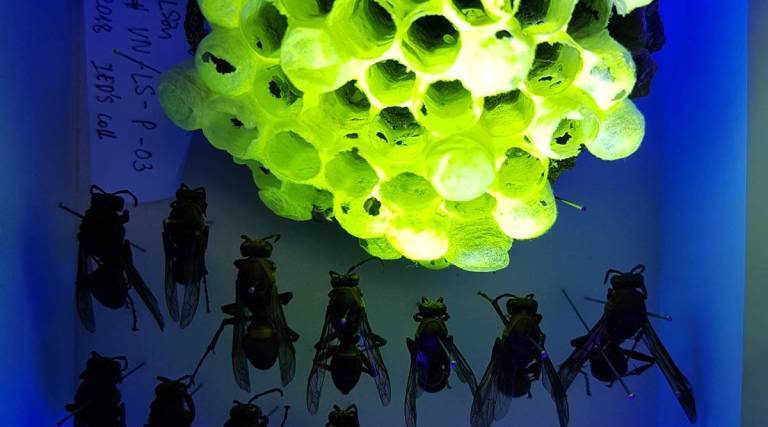
The silk of a species found in Vietnam’s woods, Polistes brunettes, shines three times brighter than the most luminous terrestrial animal previously known, according to a study published last week in the Journal of the Royal Society Interface.
The find adds to a growing list of unexpected occurrences of natural fluorescence, as well as the puzzle of what, if any, purpose these light shows serve.
Ultraviolet, or UV, light has a frequency that is too high for people to see. This light is absorbed by fluorescent pigments and other molecules, which then emit it as visible wavelengths. People use this ability to light up white T-shirts and host blacklight parties. It is used by marine animals to attract prey.
Fluorescence in terrestrial animals is less well understood and appears to be rarer. It can, however, be hidden in plain sight: By just waving UV lights around in backyards, zoos, and natural history museums in recent years, individuals have discovered a number of previously unknown examples, such as glowing platypuses and flying squirrels.
In the Cuc Phuong rainforest south of Hanoi, Bernd Schöllhorn, a chemistry professor at the University of Paris, was using his UV flashlight when it dropped on a paper wasp nest. He stated it reflected so clearly that he feared someone had turned their own flashlight beam on him.
Schöllhorn gathered nests from numerous paper wasp species around Vietnam with the support of Lien Thi Phuong Nguyen, a wasp expert at the Vietnam Academy of Science and Technology. He then investigated them beside the nests of species from France and French Guiana with colleagues from the Paris Institute of Nanosciences.
According to Schöllhorn, measuring the ratio of UV radiation absorbed vs visible light emitted is an “excellent approach to determine the intensity” of fluorescence. P. brunette’s nests returned 35% of the light they absorbed, which is around three times more than the most strongly fluorescent land creatures previously known, a green Namibian gecko and a mint-blue-glow frog from Argentina.
If you shine a UV lamp on a P. brunette’s nest in the forest, it shines like a bicycle reflector, according to Schöllhorn. (Even in normal lighting, its color is somewhat boosted, like a tennis ball.) Another species of paper wasp studied by the group fluoresced at a level comparable to the Argentine frog, while others fluoresced weakly or not at all.
The question is whether this flamboyance serves a purpose. Several options were presented by the team: A neon nest can help wasps blend in with brilliant leaves or act as a homing signal when they return home in the nights after foraging. It could also warn larger, predatory wasps to keep away, according to Nguyen. Fluorescent substances can also help shield living things from the detrimental effects of UV radiation by absorbing them. UV rays are the same ones that cause skin damage in people. According to Schöllhorn, a fluorescent cocoon cap could keep UV out while increasing light signals required for metamorphosis.
This study is “interesting” but “inconclusive,” according to Tim Caro, an evolutionary ecology professor at the University of Bristol in England who was not involved with the research.
“Scientists are really battling to make sense of this phenomenon,” he said, adding that investigating the cost of producing fluorescence would be a good method to see if it serves a purpose in a specific species.
Some of these questions are now being followed upon by the team, albeit progress is slow. Wasps, after all, have another, less well-kept ability: they can sting, according to Schöllhorn.
Follow Crispbot on Facebook and Twitter. For the latest news, tech news, breaking news headlines, and live updates checkout crispbot.com



